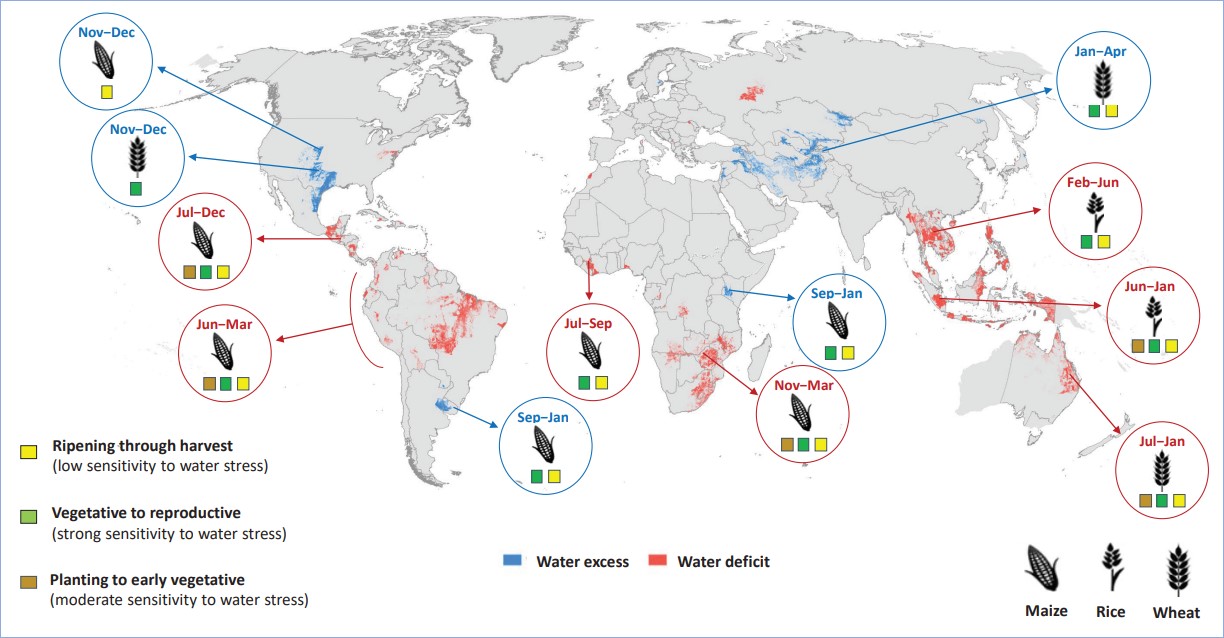El Niño might be just around the corner
 IRI 2023. ENSO Forecast
IRI 2023. ENSO ForecastAfter three consecutive years of La Niña that brought bumper crops for some and crop failures for others, we are likely heading right into an El Niño. This will make a lot of farmers happy who have been suffering these past years while shifting the agony elsewhere.
The El Niño-Southern Oscillation (ENSO) is currently neutral, but it will likely not stay that way for long. According to the Climate Prediction Center of the National Oceanic and Atmospheric Administration in the US, there is a 62 percent chance for El Niño to occur as soon as during May-June-July; probabilities for a development later during the year go up to 80 percent or more. While forecasts made during this time of the year tend to be less accurate than those later in the season, there are a lot of signs suggesting that El Niño might be just around the corner.
The stronger the ENSO event, the further reaching and the more severe the global climate impacts are likely to be, and there are indications that this year’s event might turn out to be a strong one. Should El Niño materialize and depending on its strength, average to above-average rains could occur in several parts of the world while other areas might experience drier-than-average conditions.
ENSO events are estimated to affect crop yields on over 25 percent of global croplands. In general, they tend to slightly improve global-mean soybean yields, while slightly decreasing global-mean maize, rice, and wheat yields. Maize tends to be impacted more than the other crops. Also, negative impacts tend to be lessened for irrigated crops compared with those that are rainfed.
How the current potential El Niño event will impact agricultural production is uncertain as no two events are the same with regards to strength, duration, or localized mitigations. However, based on historical data, some crops and regions can be highlighted as being likely to have yield impacts (see map below):
- Maize and soybeans: yields will likely be positively impacted in parts of the Midwest US and southeast South America, while negatively impacted in the North China Plain, southern Mexico, northeast Brazil, India, Indonesia, West Africa, and Southern Africa.
- Wheat: yields will likely be positively impacted for the US southern Great Plains, China, Central Asia, and southeast South America, while negatively impacted in southeast Australia.
- Rice: negative impacts are possible across all of Southeast Asia.
While El Niño can significantly lower crop yields in some regions, there is a chance that any potential negative impact might be offset at global level. Thus, reductions in yields in one region might be balanced by increases in another. Over the next couple of months, AMIS will keep a close watch on El Niño and its possible impact on global agriculture.

CLICK HERE TO ENLARGE - Source: FAO/GIEWS https://www.fao.org/3/cc5749en/cc5749en.pdf
